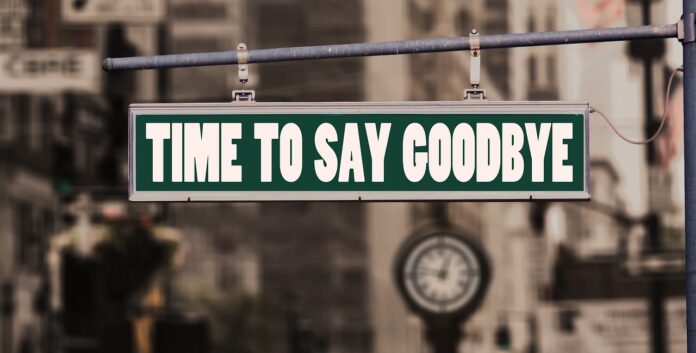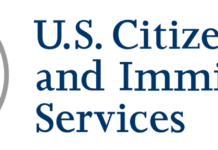Based in Santa Clara, California, Silicon Valley Bank (SVB) was the 16th biggest bank in the United States at the end of 2022, with approximately $209 Billion in assets. However, the SVB collapsed on Friday(3/10/23) after 2 days of running a capital crisis, the 2nd largest failure in U.S. history after the 2008 crisis!
California regulators closed down the Tech lender on Friday as well. This means that the bank is controlled by the United States Federal Deposit Insurance Corporation (FDIC). Ergo, the FDIC, as a receiver, will liquidate SVB’s customers, including creditors and depositors. According to the FDIC, an independent U.S. government agency, they will ensure that all bank deposits and overseas institutions are taken care of by March 13th. The FDIC is trying to get all insured deposits to access their accounts on Monday.
Initially the Federal Deposit Insurance Corporation (FDIC) was only going to compensate up to $250,000 per depositor. But, President Biden came to aid the collapse of the bank. The U.S. government stepped up to help the founders and borrowers. According to President Biden, it was not a bailout but a way of fixing the economy.
Neil Barofsky says this is a government intervention to prevent private losses! With the bailout, Americans can rest assured that their banking system is safe.
Shortly after the Feds adopted a new program to prevent the Silicon Valley Bank (SVB) from collapsing again. Biden expressed his concerns and wants concerning the SVB collapsing. President Biden said ‘the taxpayers will bear no losses.’ Therefore, the banks will incur losses to protect the citizens.
Recent statistics show that over 95% of the SVB’s deposits were uninsured because they were startup Tech companies. Much of the SVB collapse is unknown as tech companies experience a tough cryptocurrency year. Be that as it may, there are numerous questions about whether other banks related to the tech industry are at risk of the vulnerable interest rate or what holds for the future in the crypto business.












